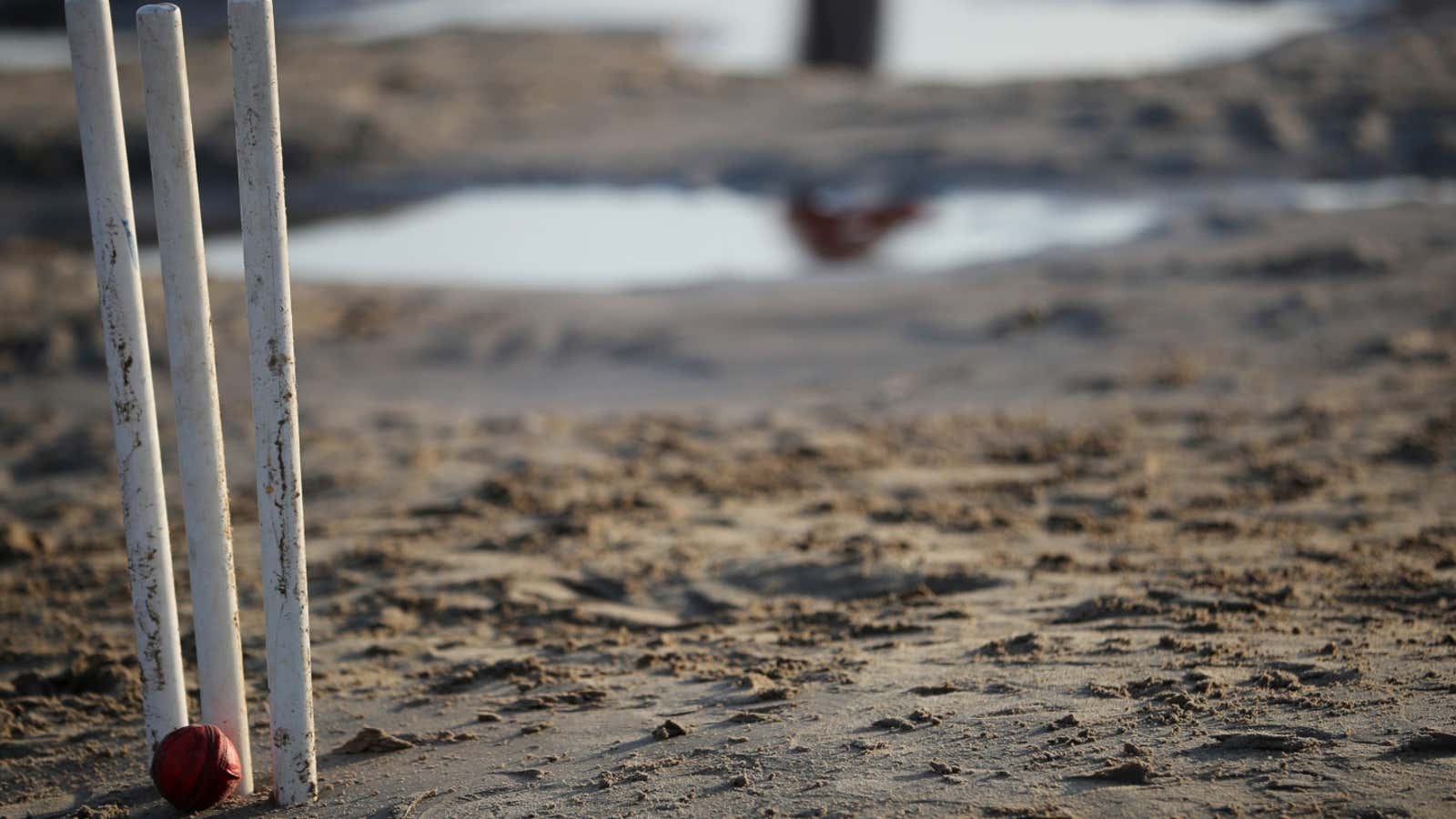What do Amul, India’s largest dairy cooperative, and Kent RO, the water-purifier maker based near Delhi, have in common? Nothing much in terms of business, but a lot when it comes to cricket. The brands will be the principal sponsors of two teams—India isn’t one of them—participating in the International Cricket Council (ICC) World Cup, beginning May 30 in the UK.
While Amul has signed a deal with Afghanistan’s team, which is playing only their second world cup, Kent RO will sponsor the 1996 champions, Sri Lanka.
Of the 10 participants this year, Afghanistan and Sri Lanka are the two lowest-ranked sides. While they are capable of creating upsets, the two are unlikely to go far this tournament.
So, what’s the logic behind these brand associations? Would it not have made better sense for Amul and Kent RO to associate with the ICC or the official broadcaster, Star Sports, as advertising partners?
After all, the ICC has signed up to 20 commercial partners for the world cup, including Indian brands such as the tyre maker MRF, biscuit maker Britannia, and the fantasy sports startup Dream11. Up to 35 such Indian brands have bought ad spots on Star Sports for the matches, the Economic Times newspaper reported.
Merry-go-around
The unconventional marketing route aside, Amul and Kent RO may have got their math right. The two brands have taken a punt on the tournament’s new format, which guarantees a lot of viewership, industry experts say.
The cricket world cup will have a round-robin format in this edition, which means all 10 teams will play each other at least once. The top four teams after the round-robin stage will progress to the semi-finals.
This means Afghanistan and Sri Lanka will play a minimum of nine matches each in the tournament. In comparison, the 2015 World Cup had two groups of seven teams each. Teams that did not make it past the group stage ended up playing only six matches.
Afghanistan and Sri Lanka will also face India, the cash cow of world cricket in terms of sponsorship and television viewership, at least once in the 2019 World Cup. Of the billion cricket fans around the world, 90% come from the Indian subcontinent, according to ICC’s research done last year.
“At the end of the day, it is visibility that you are looking at,” said Tuhin Mishra, managing director and co-founder of Baseline Ventures, a sports marketing firm. “Every team is going to play India and other good teams, so you get those eyeballs.”
Mishra added that Amul and Kent RO might have bagged their deals for a fraction of the cost of sponsoring a more favoured team like India.
Back in 2017, Chinese electronics major Oppo had submitted the highest bid—Rs1,079 crore ($162 million)—to be the principal sponsor of the Indian cricket team for a period of five years. In comparison, Amul and Kento RO would be paying anywhere between $200,000 and $400,000, according to industry estimates.
While the comparison might not be fair, considering that Oppo’s contract is a long-term one, associating with a team only for the world cup makes commercial sense because of the stature of the tournament, according to Harish Bijoor, a brand strategy expert.
“The world cup is cricket’s Olympics—it happens only once in four years,” he said. “It saturates eyeballs deeply. With the largest number of eyeballs coming from Indians, whether they are living in India or abroad, any local brand would love to use tournaments such as the world cup to advertise.”
Around 80,000 Indians are expected to travel to the UK to watch the world cup, according to the Business Standard newspaper.
Amul and Kent RO would also end up paying far lesser than brands advertising on Star Sports. The official broadcaster is reportedly demanding up to Rs7 lakh for a 10-second ad spot during the matches. If you consider a brand buying 10 such ad-spots during a match—the number is likely to be much higher for games featuring India—it would end up paying Rs70 lakh. And that’s just for one match.
Never rule ’em out
While this is the first time Kent RO is sponsoring a foreign team, Amul is an experienced player in this regard. The Indian dairy brand sponsored the Netherlands team during the 2011 world cup and New Zealand for the 2017 Champions Trophy. Asked why more Indian brands are not considering this route, Mishra said it could be due to patriotic reasons.
“It might be construed that you, as a brand, are not supporting your national team,” Mishra said. “But personally, it should not be an issue since you are only using the sponsorship as a medium to showcase your brand.”
Can these deals backfire on the brands if Afghanistan or Sri Lanka manage to beat India in the World Cup? Both Mishra and Bijoor don’t think so. “I think brand passion is quite segmented to cricket and it’s not about jingoism,” said Bijoor.
Mishra added, “It can also be that the Indian company has interest in those foreign markets. If that’s the case, why not? It shows Indian brands have a global perspective.” Amul exports its infant milk powder to Afghanistan, and Kent RO has a presence in Sri Lanka.
For all you know, these deals could end up being a masterstroke if Afghanistan or Sri Lanka defy all odds and reach the semi-finals. Remember when Kenya reached the world cup semis in 2003?
